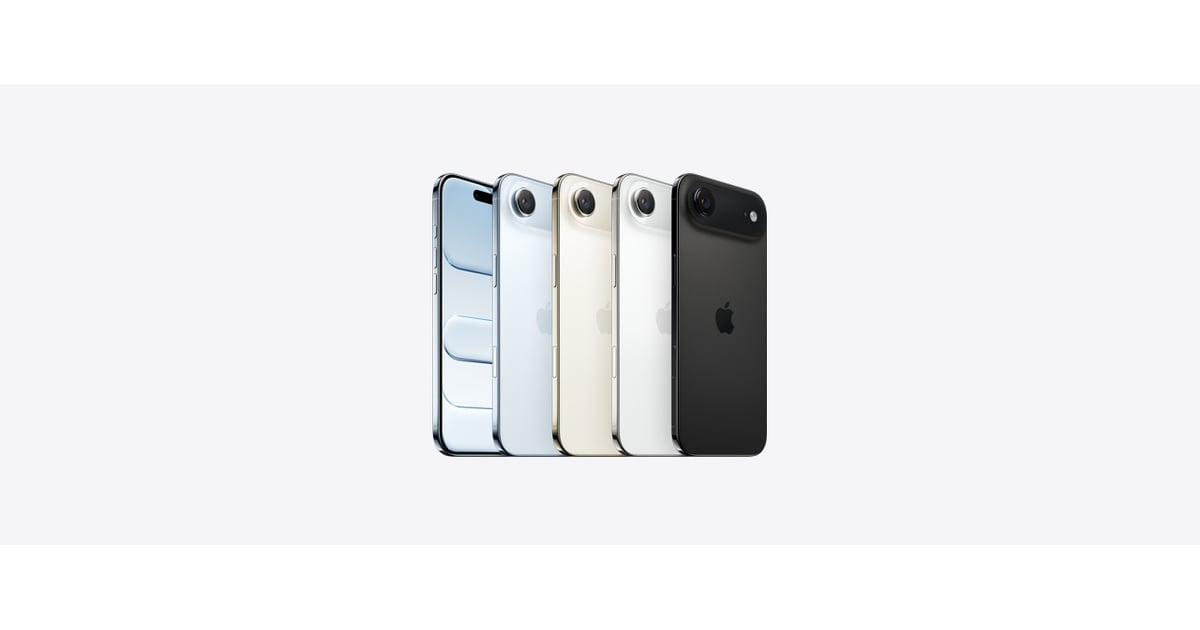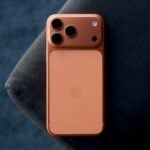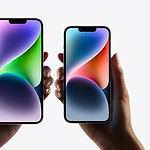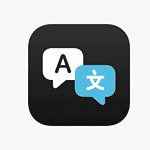Today’s iPhones keep getting larger, but Apple still offers (and supports) several smaller models that balance portability, modern performance, and battery efficiency.
For this guide, “small” means an iPhone with a screen under 6.1 inches or a height under 145 mm.
🥇 Best Overall Small iPhone: iPhone 13 mini
- Display: 5.4-inch Super Retina XDR OLED
- Dimensions: 131.5 × 64.2 × 7.7 mm
- Chip: A15 Bionic
- Why it’s great:
- Still the smallest modern iPhone ever made (source: SimplyMac)
- Flagship-level performance that still holds up in 2025
- Premium build with MagSafe, Face ID, and excellent cameras
- Downsides:
- Battery life is shorter than newer models
- Discontinued by Apple — only available refurbished or from third-party sellers
Verdict: If you want the smallest possible iPhone without major compromises, the iPhone 13 mini is unbeatable.
🥈 Best Compact iPhone You Can Still Buy New: iPhone SE (3rd Generation)
- Display: 4.7-inch Retina HD (LCD)
- Dimensions: 138.4 × 67.3 × 7.3 mm
- Chip: A15 Bionic (same as iPhone 13 mini)
- Why it’s great:
- Compact, lightweight, and affordable
- Touch ID and classic design appeal to many users
- Still sold and supported by Apple in 2025
- Downsides:
- Older design with large bezels
- Single rear camera
- LCD display feels dated compared to OLED
Verdict: The iPhone SE 3 is the best new small iPhone for those who prefer the home button and want Apple’s latest software support at a lower price.
🥉 Smallest iPhone in the Current Lineup: iPhone 17 Air
- Display: 6.1-inch OLED (borderless design makes it feel smaller)
- Dimensions: ~146 × 70 × 7.8 mm
- Chip: A18
- Why it’s great:
- Slim, lightweight design with modern materials
- Excellent battery life and camera system
- Future-proof with the latest chip and AI features
- Downsides:
- Slightly larger than the 13 mini or SE
- Premium price
Verdict: The iPhone 17 Air is the smallest current-generation iPhone — ideal if you want something compact but future-ready.
🧩 Honorable Mentions
- iPhone 12 mini: Nearly identical to the 13 mini but with slightly less battery life.
- iPhone 17 (standard model): Compact compared to Pro Max variants, but not truly “small.”
⚖️ Summary Table
| Model | Screen | Height | Chip | Buy New? | Best For |
|---|---|---|---|---|---|
| iPhone 13 mini | 5.4″ | 131.5 mm | A15 | ❌ Refurbished | Smallest size, flagship feel |
| iPhone SE (3rd Gen) | 4.7″ | 138.4 mm | A15 | ✅ Yes | Budget + Touch ID |
| iPhone 17 Air | 6.1″ | ~146 mm | A18 | ✅ Yes | Modern, light, future-proof |
🧠 Final Recommendation
If you want the smallest iPhone ever made, go for a refurbished iPhone 13 mini while you still can (source: Rokform).
If you prefer something brand new, the iPhone 17 Air is your best small-but-modern option.
Key Takeaways
- Smaller iPhones cater to users seeking portability and ease of use.
- Feature evaluation is critical, with battery, camera, and design being top considerations.
- Price varies among models, affecting the choice for buyers with different budgets.
Discover the Best Small iPhone
Finding the most suitable iPhone for one’s pocket and lifestyle can be a challenge, especially with Apple’s range of options. Those preferring a compact design without sacrificing functionality can consider Apple’s smaller models. The iPhone SE, iPhone 12 mini, and iPhone 13 mini are the leading contenders, each offering a blend of performance and portability. While the iPhone 12 mini and iPhone 13 mini boast edge-to-edge displays, the SE maintains a classic design with a home button and larger bezels.
Each model has unique advantages. The SE presents affordability with respectable performance, the 12 mini offers a balance of features and size, and the 13 mini provides the latest innovations in a small form factor. Consumers evaluate features such as battery life, storage options, and camera systems to determine the best fit for their needs. Price also plays a significant role, with varying costs providing options for differing budgets.
When it comes to finding the best small iPhone, the options revolve mainly around the iPhone 12 mini, iPhone 13 mini, and the iPhone SE. These models boast a design that is both pocketable and perfect for one-handed use.
The iPhone 13 mini stands out with its 5.4 inches screen size. Apple has packed it with the latest A15 Bionic chip that enhances its performance significantly. It also offers improved camera capabilities over its predecessors. A new feature, Cinematic Mode, lets users create videos with a professional touch.
On the other hand, the iPhone 12 mini is similar to the 13 mini in size but slightly different in specs. It launched with the A14 Bionic chip which is still powerful. The camera setup is a strong point for this model too. It offers excellent photography options for its size.
The iPhone SE is Apple’s answer for those seeking a compact phone with a home button. It has a smaller screen than the mini models but pulls its weight with an A13 Bionic chip and a single camera that still takes great photos.
Sizes and Key Features:
- iPhone SE: Smallest screen, Touch ID, A13 chip, High affordability
- iPhone 12 mini: Dual-camera, A14 chip, Pocketable design
- iPhone 13 mini: 5.4-inch screen, A15 chip, Cinematic Mode, Longer battery life
Each of these iPhones is built to serve users looking for a less bulky phone. They all offer the convenience of a smaller device without compromising on the technology that Apple is known for.
Key Features and Performance
In this section, we examine the crucial aspects and capabilities of the best small iPhone available. You will learn about the camera quality, processing power, and other vital features that set this smartphone apart in the market.
Camera and Photography
The iPhone has a 12MP dual-camera system. It includes Photographic Styles and Cinematic mode, enhancing video and photos. The camera performs well in low light thanks to computational photography.
Processing Power and Capacity
The A15 Bionic processor powers the iPhone. It outperforms the prior A14 chip. With options for 128GB, 256GB, or 512GB of storage, the phone meets various needs.
Battery and Charging
Apple improved the battery life for the small iPhone. It now offers wireless charging and MagSafe technology. Users can expect better battery life than earlier models.
Display and Build Quality
A 5.4-inch Super Retina XDR OLED display is featured. It includes Ceramic Shield, making the screen tougher against drops and scratches.
Connectivity and Software
The phone supports 5G connectivity, ensuring fast internet speeds. It comes with iOS, with a history of regular software updates for improved performance.
Design and Form Factor
With dimensions of 5.2 x 2.5 x 0.3 inches, the iPhone is pocketable and easy for one-handed use. The design is sleek, sporting a solid build that feels premium.
Pricing and Availability
Pricing starts at a reasonable point, considering the specs and features on offer. Availability is widespread, with options to buy new, refurbished, or from third-party retailers like Amazon.
Special Features
Notable features include Face ID, water resistance, and Smart HDR for photos. These extras contribute to a well-rounded user experience.
Comparisons and Alternatives
The iPhone compares favorably to competitors like the Galaxy S21 and the third-generation iPhone SE. It holds its own with its balance of size and capabilities.







